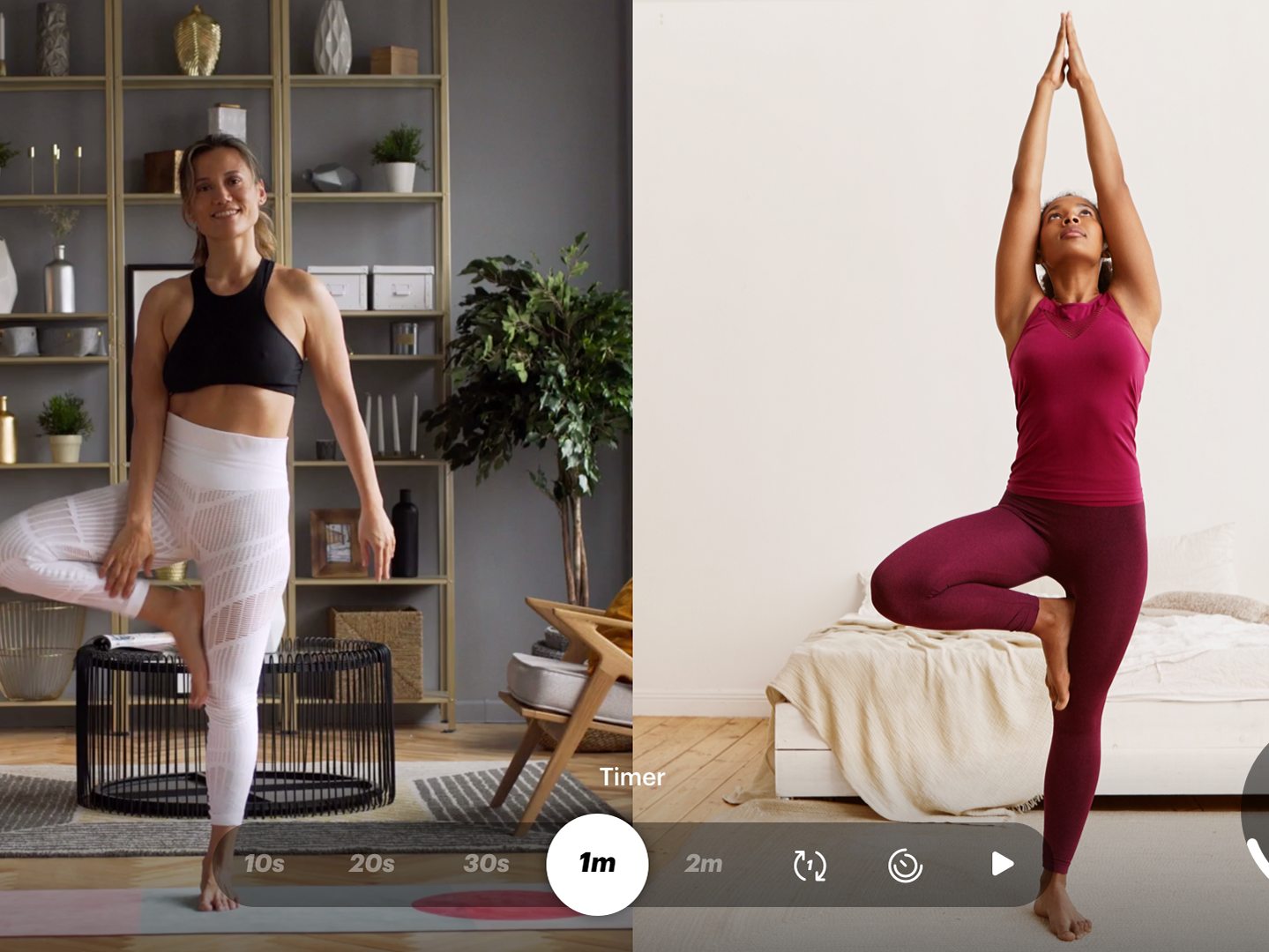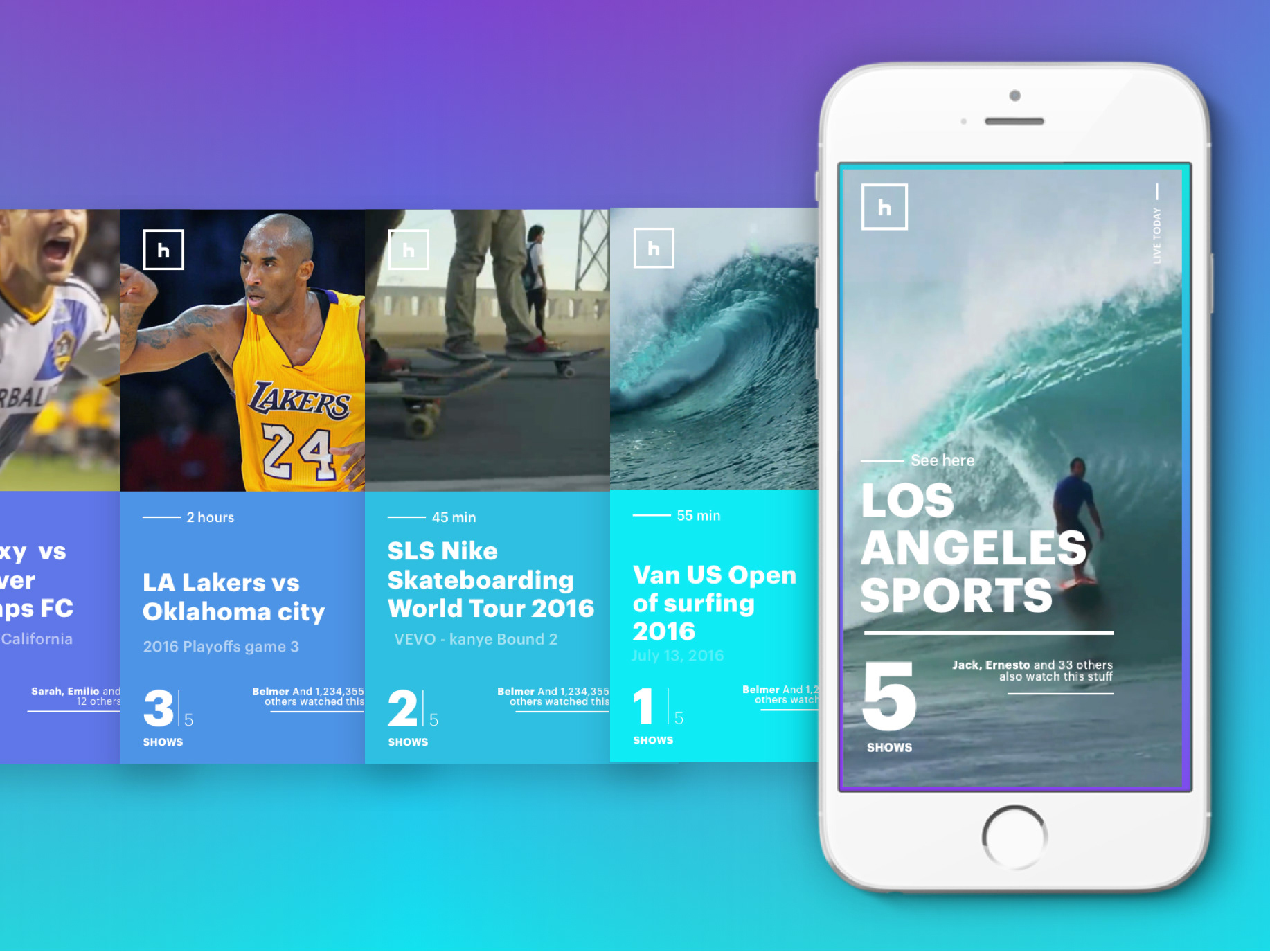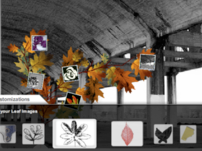DATE: 2013
PRODUCT: The Federal Healthcare Exchange for Americans to choose health insurance plans.
ROLE: I was IDEO’s design lead. I led 2 designers, 1 researcher, and managed contractors for almost 1 year.
IMPACT: We worked with the Centers for Medicare and Medicaid Services and several HHS contractors to support the web strategy for the Federally-facilitated Exchange. We quickly learned the challenges of working with the government, with too many stakeholders and opaque decision-making. We delivered an intuitive way for the general public to engage with the complexity of plan choice, including applying the plan to common real-life scenarios. One of our recommendations, Window Shopping, got removed at the end by leads not involved in the project. Its absence upon launch caused many bad reviews and extra friction for users. Reacting to feedback, HHS had to implement the feature in a rush.
Federal Exchange home.
Forty million Americans became newly eligible for health coverage when the Patient Protection and Affordable Care Act (ACA) was fully implemented in 2014. Some enrolled in health insurance for the first time, while others were able to get better access to affordable health coverage.
Shopping to a plan is to evaluate tradeoffs. If you want to pay less money, you will get less coverage. But the comparison between plans can get very technical. Sometimes, what is behind a particular cost is hidden behind complex numbers. This design challenge is about making those tradeoffs as easy as possible for people to understand and literally see them visually.
High-level enrollment and site map. Each area contains a complex set of rules and form inputs from users.
My most significant impact was on the Plan Selection page, the focus of this narrative (many other pages were a series of form and wizard flows).
I produced more than 20 studies on visualizing the plan’s variables and facilitating comparison. We got inspiration from flight booking, other insurance markets, and general data viz.
An early exploration inspired by services for booking flights (parallel to flight duration, layovers, aircraft changes, etc.).
We worked on simplifying a very complex taxonomy of plans and cost variables. We used four metal tiers (Bronze, Silver, Gold, and Platinum) to classify insurance plans from the ones that require the most out-of-pocket expenses to the least. Our layout vertically aligned values for easy skimming and comparison.
Metal tiers on the left nav. Tools for skimming and saving plans for later comparison.
We introduced Cost Scenarios to compare how much plans would cost for common procedures or treatments. This way, people could see how the plan would work for chronic treatments like diabetes, surgeries, having a baby, etc.
People could customize the Cost Scenarios, choosing the ones that relate the most to their expected needs. This feature highly resonated with users, enabling them to have a single number they could evaluate.
Full page









